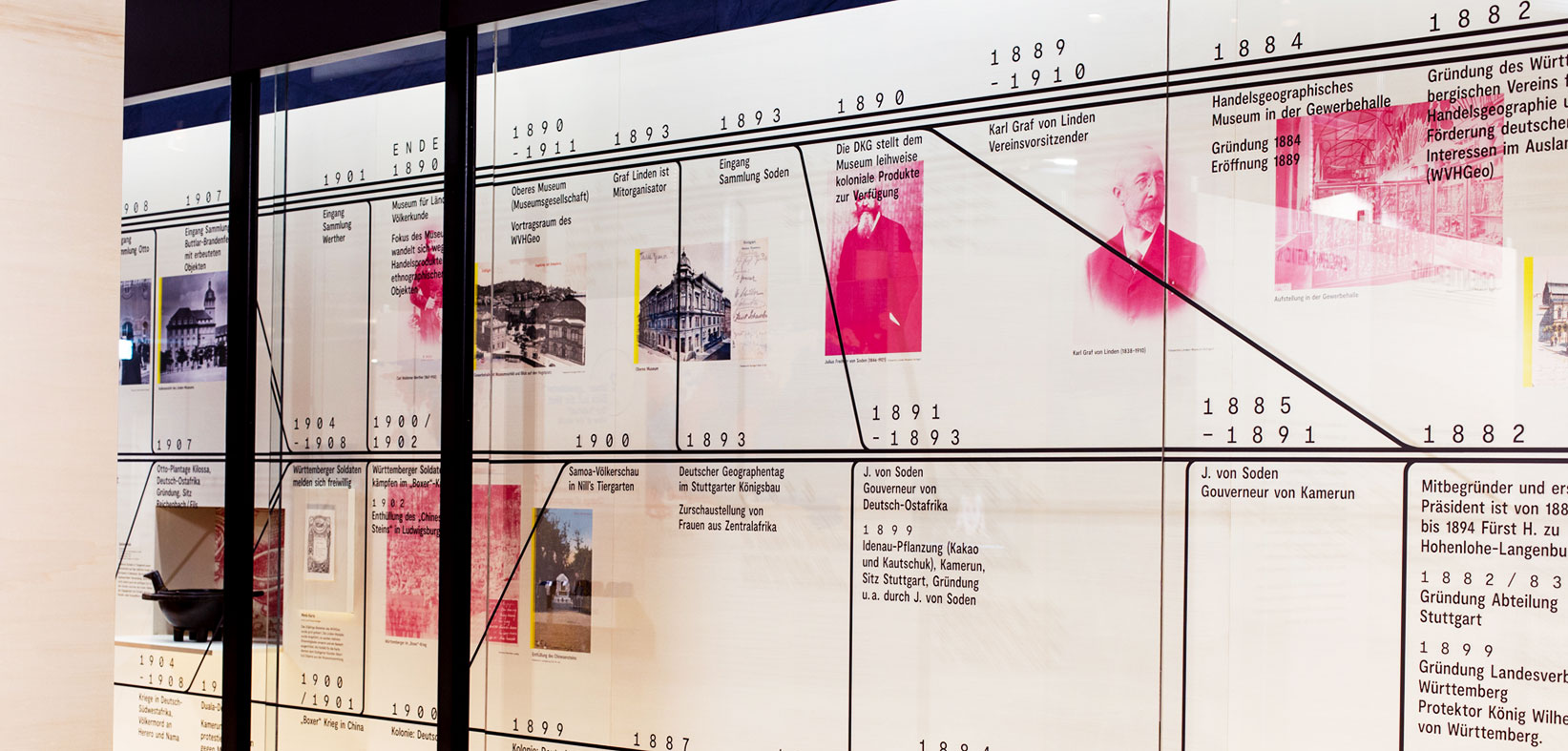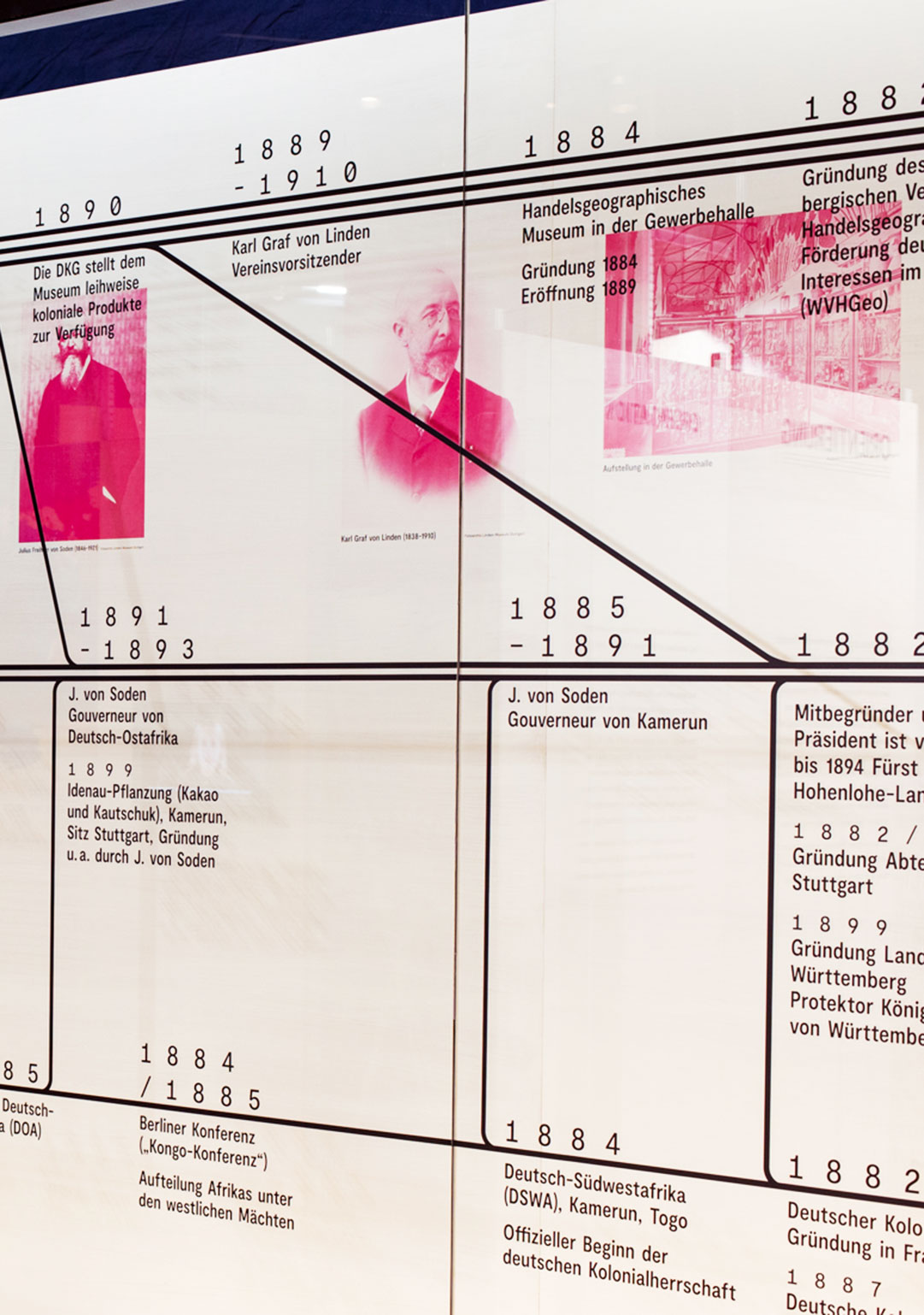While Count von Linden personally managed both the association and the museum, these positions were separated after his death. Dr. Augustin Krämer was the first director of the Museum under the Association. Following von Linden’s instructions, he tried to build up an ethnological museum of world renown. In doing so, he continued von Linden’s efforts to save the life testimonies of indigenous cultures from extinction and to document them. For Theodor Wanner, however, colonial interests remained paramount. As a result, Augustin Krämer was dismissed. Formally, Duke Wilhelm von Urach, Count of Württemberg, was chairman of the association, but it was...
While Count von Linden personally managed both the association and the museum, these positions were separated after his death. Dr. Augustin Krämer was the first director of the Museum under the Association. Following von Linden’s instructions, he tried to build up an ethnological museum of world renown. In doing so, he continued von Linden’s efforts to save the life testimonies of indigenous cultures from extinction and to document them. For Theodor Wanner, however, colonial interests remained paramount. As a result, Augustin Krämer was dismissed. Formally, Duke Wilhelm von Urach, Count of Württemberg, was chairman of the association, but it was Wanner who led the association from 1928 to 1953. Krämer was succeeded by Theodor Koch-Grünberg, who served from 1915 to 1924. After a vacancy in the post, Heinrich Fischer took over from 1932 to 1945. He had worked at the museum since 1898 and had been curator since 1911.
The First World War brought the end of the colonies in 1918, which led to a sharp decline in the growth of objects in the following period. The financial situation of the Association deteriorated from the 1920s. Nevertheless, financial independence was to be maintained. This period of colonial revisionism also saw the large colonial exhibition in Stuttgart (1928), which was largely organized by the Association and Wanner. On the other hand, little is known about the role of the Association during the National Socialist era, and there is still a need for research in this area. However, the association and the museum were not taken over by the National Socialists and were able to maintain their independence. There were no personnel changes in the management, and there was no anticipatory “self-equalization”. Heinrich Fischer remained director of the museum and Theodor Wanner was chairman of the association until 1953. Attempts to transform the Linden-Museum into a folklore museum in the sense of Nazi racial ideology were resisted in 1934.
In the face of imminent air raids during the Second World War, large parts of the collection were moved to the Kochendorf salt mine and to Schaubeck and Erbach castles in the autumn of 1942. Unfortunately, large objects such as original boats or large masks could not be removed and fell victim to the war. The Linden-Museum was slightly damaged during an air raid on September 12, 1944. . Much more serious was the destruction of the building by the ensuing fire, which spread quickly due to the storage of furniture by the city government in the museum’s rooms. Only the basement of the museum was preserved.

